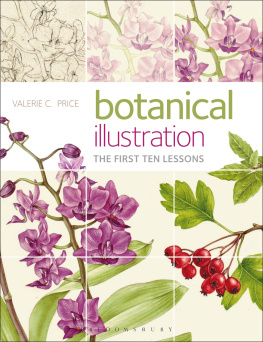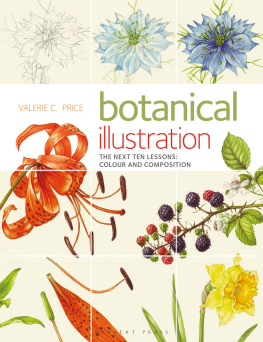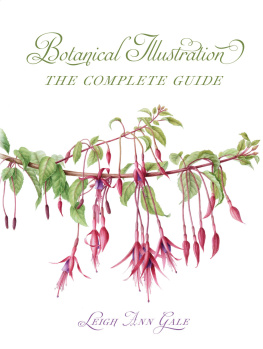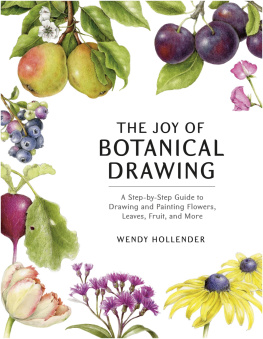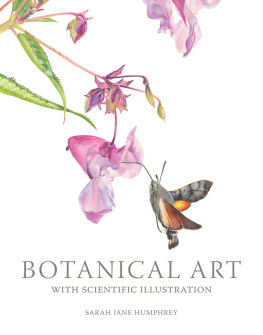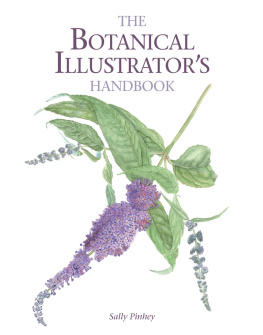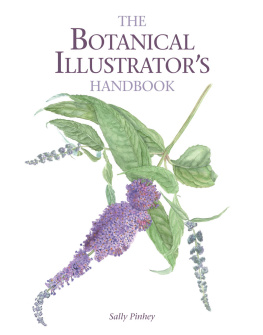
For my mother and my daughter, from whom I learn.
For my mother and my daughter, from whom I learn.
HERBERT PRESS
Bloomsbury Publishing Plc
50 Bedford Square, London, WC1B 3DP, UK
29 Earlsfort Terrace, Dublin 2, Ireland
BLOOMSBURY, HERBERT PRESS and the Herbert Press logo are trademarks of Bloomsbury Publishing Plc
First published in Great Britain in 2012 by Bloomsbury Publishing Plc
This electronic edition published in 2021 by Bloomsbury Publishing Plc
Copyright Valerie C. Price 2012
Valerie C. Price has asserted her right under the Copyright, Designs and Patents Act, 1988, to be identified as Author of this work
All rights reserved
You may not copy, distribute, transmit, reproduce or otherwise make available this publication (or any part of it) in any form, or by any means (including without limitation electronic, digital, optical, mechanical, photocopying, printing, recording or otherwise), without the prior written permission of the publisher. Any person who does any unauthorised act in relation to this publication may be liable to criminal prosecution and civil claims for damages
Bloomsbury Publishing Plc does not have any control over, or responsibility for, any third-party websites referred to or in this book. All internet addresses given in this book were correct at the time of going to press. The author and publisher regret any inconvenience caused if addresses have changed or sites have ceased to exist, but can accept no responsibility for any such changes
A catalogue record for this book is available from the British Library
Library of Congress Cataloguing-in-Publication data has been applied for
ISBN: PB: 978-1-9122-1715-1; eBook:978-1-7899-4107-4; ePDF: 978-1-7899-4108-1
Commissioning editor: Susan James
Project manager: Agnes Upshall
Copy editor: Jane Anson
Cover design: Sutchinda Thompson
Page design: Susan McIntyre
To find out more about our authors and their books please visit www.bloomsbury.com and sign up for our newsletters

Contents
The history of botanical illustration is a long and venerable one, and has been dealt with thoroughly many times before. Suffice to say, that in learning the art of botanical illustration, you will be joining the ranks of those who have saved lives and species, illuminated dull texts, and given pleasure to millions, since printing developed sufficiently to merit the time and effort required to produce an image of sufficient detail and clarity to make identification of plants possible.
Historically, botanical illustration has been the domain of men such as Ehert, Redoute and Hooker, with the occasional addition of women such as Marianne North, and flights of fancy by Edwardian ladies and their diaries. Today, exhibitions of botanical work are often the inspiration that prompts beginners to reach for pencils and watercolours to try to emulate the work they admire.
Botanical illustration appeals on many different levels and students begin learning the skills needed for a variety of reasons. Some love plants and flowers, wishing to record their favourites from their garden or greenhouse; others find the appeal of detail and the technical aspect of plant form and structure irresistible; while some want to experiment with pens, pencils and watercolour, stretching their skills and learning new techniques.
I became a freelance botanical illustrator after gaining a degree in scientific illustration, but looking back through my school work, flowers featured in my art portfolio even then, so perhaps I had no choice in the matter. While at college, I spent some time working in the Herbarium at Kew Gardens, illustrating many different plants, especially orchids. Later, I went on to create a number of illustrations for the Kew Magazine (Curtis's Botanical Magazine) in both pen and ink, and watercolour. Working under the critical eye of a botanist at Kew certainly keeps you on your toes in terms of detail and accuracy. The Royal Horticultural Society, Collins, Quarto, Darling Kindersley and many other publishers of books about plants, gardening and cookery commissioned my work. I have also taken part in various exhibitions, including the Orangery at Kew, the Society of Botanical Illustrators in Westminster, and the Hunt Institute for Botanical Art, at Carnegie Mellon University.
While still being available for freelance work, I am now teaching at several venues in Oxfordshire. I have developed a course of ten two-hour lessons which covers basic techniques and gradually builds skill levels, giving a thorough grounding in observational drawing and recording detail of line, form, structure and colour. You may find that looking at plants this way opens your eyes to a new way of seeing the world around you, so that colours can become brighter, patterns more identifiable, and the shape and form of familiar natural objects move into sharper focus. This book is a written form of those lessons aimed at the beginner, as well as a guide and reminder to more proficient students, and for anyone who cannot look at a flower without wondering 'how?', why?', 'where?'. This will not be a wordy tome, discussing the merits of one artist or technique over another, or filled with illustrations by other people, but simply a straightforward account of how I achieve a finished piece of work, and how you can do the same. I will include step-by-step illustrations to help you, along with advice on materials and colours that will hopefully guide you on your way to becoming an accomplished botanical illustrator.
These ten lessons are designed to give you the skills you will need. They will build on your expertise, enable you to use new techniques, and improve your confidence, encouraging you to tackle more complex subjects. As you work through the book, your observational skills will improve, allowing you to record the habit, form and structure of plants, to identify pattern and shape, and to mix and apply watercolour in delicate glazes. By referring back to earlier lessons, the book will help you to consolidate your learning, ensuring that you can continue to apply these newly acquired skills. The book is not to be copied from: you will not learn that way.
Instead, it is intended that you read it first, place it alongside your own work, and refer to it as you illustrate your own subject. Imagine me looking over your shoulder, checking the accuracy of your work and asking questions.
Observation is the key. Only by having a plant in front of you that you can observe, question, and measure, will it be possible to produce an accurate botanical illustration. These lessons are designed to be at least two hours long. Spend at least that amount of time working on each illustration. The final lesson would take at least twenty hours to complete.
As a great believer in blame, I am convinced that the first thing to look at if things go wrong, is your equipment. I also believe in confidence, so the last thing to blame is your own ability.
Buy the best equipment you can afford, but not so expensive that you are too scared to use it, or feel under too much pressure if you're not having fun.
Watercolours
You may already own a set of paints, so start with them. Really cheap and nasty paints will do nothing for you, and children's sets will not behave well, being grainy and less colourfast. A set of student's watercolours may be fine to start you off, or a set of sketcher's paints that has a limited number of colours. Paints aimed at landscape artists may have a different, more earthy, range of colours. Winsor and Newton produce excellent watercolours at a range of prices, artists' quality being the best and most expensive. One individual colour from this range can cost as much as a whole set of sketcher's paints, but there are some bargains to be had, and shopping online can sometimes be cheaper. Watercolours are available in tubes, pans (little cakes of colour) or half-pans (smaller cakes of colour). Tubes can be wasteful, as you may find yourself washing away unused paint in order to keep your palette clean. As very little paint is needed, half-pans are usually big enough. I prefer to use half-pans of artists' quality watercolour.

